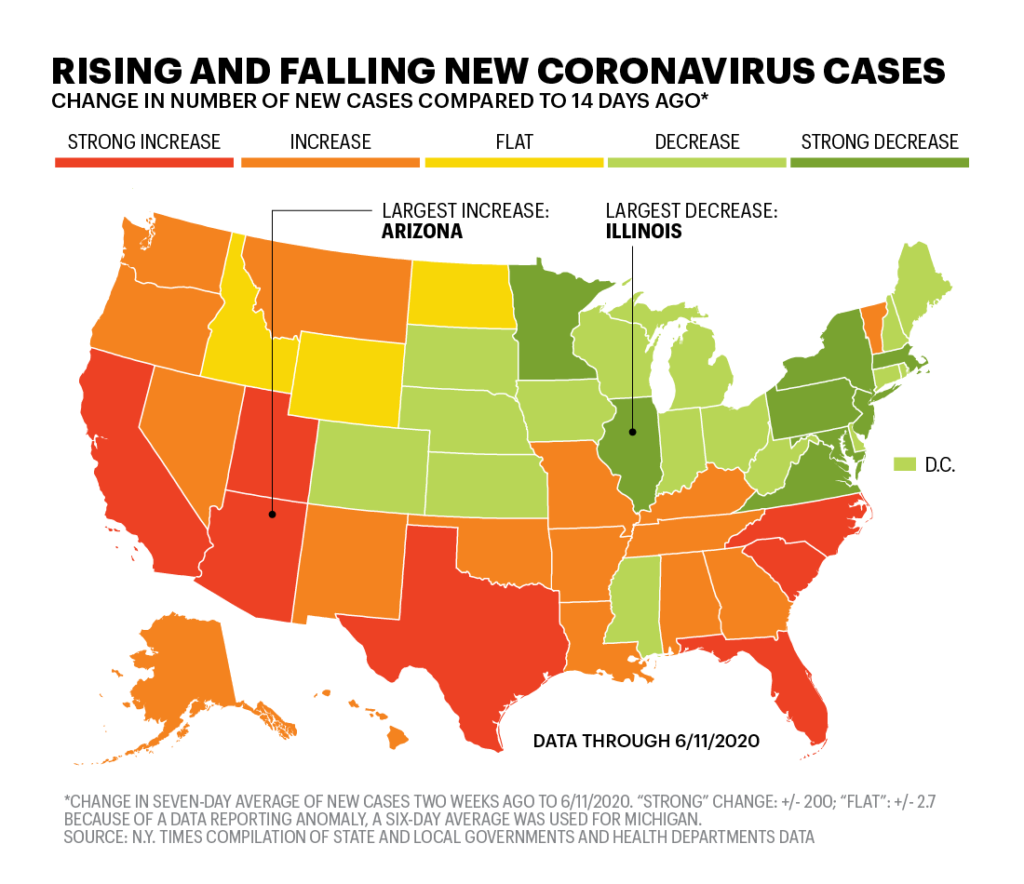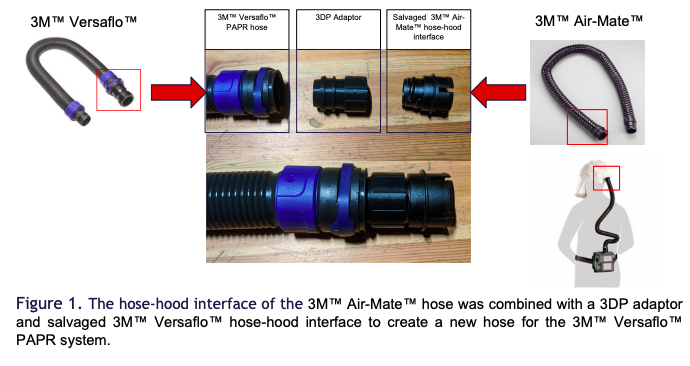Companies, organizations and individuals continue to attempt to lend support to the COVID-19 pandemic supply effort. We will be providing regular updates about these initiatives where necessary in an attempt to ensure that the 3D printing community is aware of what is being done, what can be done and what shouldn’t be done to provide coronavirus aid.
The International Manufacturing Technology Show (IMTS) has been canceled for the first time since World War Two due to the need to adhere to Illinois state health and safety regulations stemming from the pandemic. Conventions will only be held contingent on the availability of a vaccine for COVID-19. Instead of a live event, IMTS will be hosting two digital programs, IMTS Network and IMTS Spark, before returning to a live format September 12-18, 2022.
Those who already purchased their passes for IMTS 2020 will receive a refund on registration or can transfer their registration to a tax-deductible donation to Miles For Manufacturing, which prepares students for careers in manufacturing. The IMTS Network will feature a live-stream of stories from the manufacturing technology sector, while Spark will connect IMTS exhibitors and visitors, as well as provide networking and educational activities.
According to data collected by Fortune Magazine, this may reflect positively on the state’s overall approach to the pandemic, as Illinois has had the largest decrease in COVID-19 cases while states that have been reopening economically are seeing resurgences of the disease.
 Image courtesy of Fortune Magazine.
Image courtesy of Fortune Magazine.Meanwhile, Formnext is still set for November 2020, but will be implementing safety methods based on German guidelines. These include frequent cleaning and sanitization, crowd management and continuous air exchange. Specifically, aisles between booths will be six meters apart with one-meter-wide communication strips on either side. Over close circuit security cameras, social distancing will be monitored by staff. Attendees will have to sign a state of health declaration, as well. Meanwhile, Formnext will also host a digital event, featuring online product presentations and networking, for those who are wary of traveling amid COVID-19.
 COVID-19-cases-in-Germany. Image courtesy of Wikipedia.
COVID-19-cases-in-Germany. Image courtesy of Wikipedia.Sascha Wenzler, Vice President Formnext, Mesago Messe Frankfurt GmbH, said of the news:
“With these measures, we are going above and beyond the legal safety requirements and at the same time enabling people to again visit a trade fair in person to share ideas, drive innovation and to do business. Whilst it is wonderful that we all have access to digital working and communication models, these are no substitute for face-to-face interaction and the many known benefits of a ‘genuine’ trade fair.”
A team from Philadelphia University and Thomas Jefferson University has put together a project to repair powered air-purifying respirators (PAPRs) with 3D printing. The hose component for the 3M Air-Mate PAPR features a fragile piece that makes the device unsafe after too much use and potential backorder issues makes it difficult to quickly replace the component. To address the issue, the team created a 3D printable adapter that converts hoses from 3M Versaflo PAPR units to work with the Air-Mate. STLs for the part are available at a website dedicated to the project.
 Image courtesy of Philadelphia University and Thomas Jefferson University.
Image courtesy of Philadelphia University and Thomas Jefferson University.The shuttle program at Seattle Children’s Hospital used 3D printing to develop some very unique solutions for its passengers and drivers. While the riders differ in age, the drivers are all over 60 years old, placing them firmly into a primary COVID-19 risk category.
 Parts 3D printed for Seattle Children’s shuttle program. Image courtesy of GoProto.
Parts 3D printed for Seattle Children’s shuttle program. Image courtesy of GoProto.Due to the crucial role the shuttle plays in the daily operation of the hospital, Seattle Children’s Innovation Pod worked with custom manufacturing services provider GoProto and industrial design and fabrication firm Function Foundry to create barriers between the drivers and their passengers. Parts for securing a plastic screen in place were designed by Function Foundry and printed by GoProto using HP’s Multi Jet Fusion technology. According to the partners, the components were made more quickly and affordably than via traditional channels.
 A barrier created for Seattle Children’s shuttle program. Image courtesy of GoProto.
A barrier created for Seattle Children’s shuttle program. Image courtesy of GoProto.French company BONE 3D has created an open source model for nasopharyngeal (NP) testing, not dissimilar from Creatz3D’s 3D-printed mannequins. Inspired by an idea thought of by the 12-year-old son of a gynecologist at Strasbourg University Hospital, BONE 3D and Strasbourg created a training model for NP swab training. The model is made up of two portions of the human head that can be clipped together and allow users to insert NP swabs. Like the Creatz3D model, the BONE 3D simulator is printed using multi-material inkjet 3D printing. Printed via PolyJet, different textures and shores are used to replicate the anatomy of the human head, including the face skin, mucous membrane, the nasal fossae and turbinates, the nasopharynx, and the soft palate. Both the PolyJet version and an FDM version are available here.
As the pandemic continues to grip the world, we will continue to provide regular updates about what the 3D printing community is doing in response. As always, it is important to keep safety in mind, remain critical about the potential marketing and financial interests behind seemingly good humanitarian efforts from businesses, and to do no harm.
Subscribe to Our Email Newsletter
Stay up-to-date on all the latest news from the 3D printing industry and receive information and offers from third party vendors.
You May Also Like
Gorilla Sports GE’s First 3D Printed Titanium Cast
How do you help a gorilla with a broken arm? Sounds like the start of a bad joke a zookeeper might tell, but it’s an actual dilemma recently faced by...
Nylon 3D Printed Parts Made More Functional with Coatings & Colors
Parts 3D printed from polyamide (PA, Nylon) 12 using powder bed fusion (PBF) are a mainstay in the additive manufacturing (AM) industry. While post-finishing processes have improved the porosity of...
$25M to Back Sintavia’s Largest Expansion of Metal 3D Printing Capacity Since 2019
Sintavia, the digital manufacturing company specializing in mission-critical parts for strategic sectors, announced a $25 million investment to increase its production capacity, the largest expansion to its operations since 2019....
Velo3D Initiates Public Offering in a Bid to Strengthen Financial Foundations and Drive Future Growth
Velo3D (NYSE: VLD) has been among a number of publicly traded 3D printing firms that have attempted to weather the current macroeconomic climate. After posting a challenging financial report for 2023,...































